
How does an army lose almost 1,600 artillery systems in a month? Russian forces had their worst artillery losses since the war broke out in March 2025, a number that has shocked analysts and highlighted profound changes in battlefield dynamics. While Ukraine’s General Staff reported 1,578 destroyed systems last month, independent confirmation presents a more nuanced picture.

These historic losses aren’t just numbers They indicate adaptive strategies, technological advances, and weaknesses in Russia’s warfighting strategy. Based on open-source intelligence, battlefield reports, and defense industry insights, this listicle explores the most important drivers of the surge, providing a frank assessment of what is occurring on the battlefield and why it is significant.
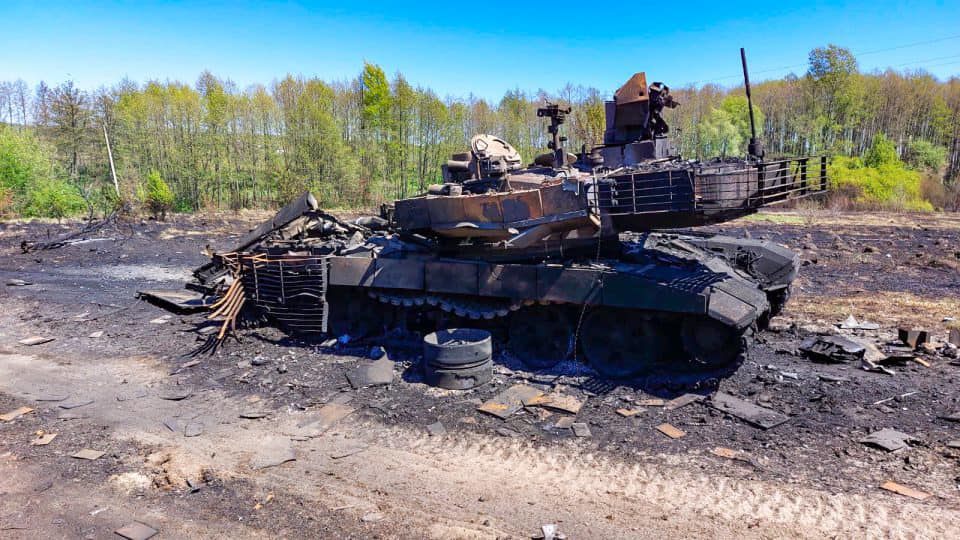
1. Record-Breaking March 2025 Losses
According to Ukraine’s General Staff, Russia lost 30 artillery systems on March 31 alone, pushing the monthly total to 1,578. This marked the highest single-month loss since February 2022. Cumulatively, Moscow’s artillery losses reached 25,537 by the end of March, far exceeding prior monthly peaks. Ukrainian Defense Ministry data shows that in the first quarter of 2025, Russia lost 3,990 artillery systems over 50% more than the 2,600 lost in the same period of 2024.
But these numbers are from the belligerent side, and their credibility is disputed. The Dutch OSINT organization Oryx, which only reports losses with photo or video evidence, has confirmed 1,861 Russian lost artillery systems through April 2, including 904 self-propelled guns and 497 multiple rocket launchers. Oryx admits that its method results in underreporting, considering how hard it is to document systems frequently deployed way behind the frontline.
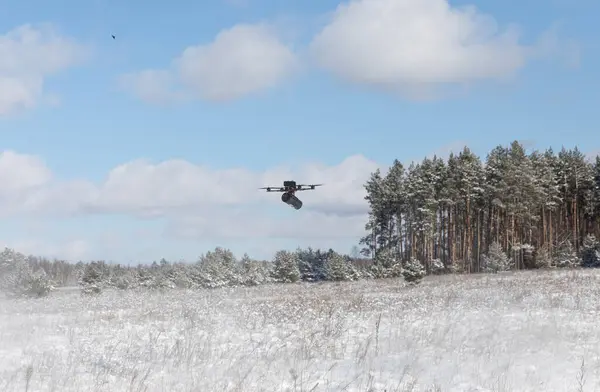
2. Drone Warfare and the Effects on Artillery Survivability
The old strength of artillery firing from hidden places is lost with constant drone monitoring. Ukrainian forces use fixed-wing and quadcopter drones to validate firing points, with FPV strike drones providing pinpoint accuracy. “A high-quality FPV drone for now is the best method to destroy the artillery system,” said one Ukrainian National Guard drone commander.
This transition is extremely counter-intuitive: though artillery shells move faster than drones, drones can follow and attack moving targets shells would miss. Russian towed guns, quick to reposition, are more difficult to target, but towed guns are still susceptible. The introduction of fiber-optic guided drones, resistant to electronic warfare interference, has made the threat worse, generating contested “kill zones” up to 20 kilometers from the front.
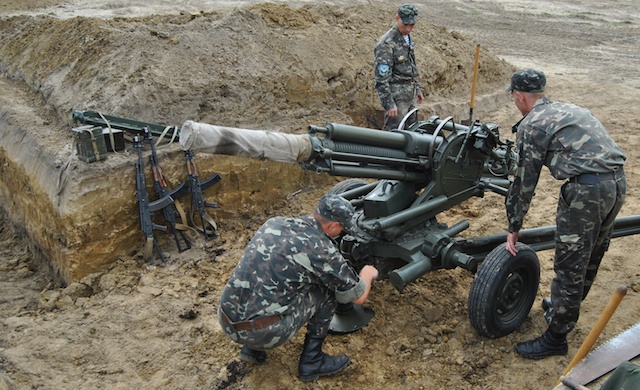
3. Ukraine’s Agile, Digitized Artillery Doctrine
Breaking from Soviet mass-fire norms, Ukraine has constructed a doctrine on the principles of velocity, accuracy, and coordination with digital systems. Equipment such as the Kropyva fire control platform has cut sensor-to-shooter cycles down to less than three minutes, a rate Russia cannot equal. Artillery operations are increasingly coordinated with drone reconnaissance, which facilitates precision strikes instead of grid saturation.
Mobility is key teams try to shift within 2–3 minutes of a shot. This strategy combines Soviet-era howitzers with Western systems like the PzH 2000, M777, and Caesar, which tend to work together. Western support has increased capacity: Denmark’s investment in 18 Bohdana self-propelled weapons in 2024 enabled Ukraine to surpass French production levels, shipping 6–8 units per month at much lower cost.

4. Structural Weaknesses of Russian Artillery
Russian artillery is hampered by systemic problems despite quantitative superiority. Through early 2024, numbers of active self-propelled guns had fallen from 1,900 to 1,500, with more losses than replacements. Command-and-control fragmentation dissolving batteries into small crews has lengthened fire coordination timelines to an average of 40 minutes from request to shot.
Range limitations add to the crisis: most Russian 152mm systems have a range of 24–30 km, compared to NATO’s 30–42 km. Counter-battery fire and drone attack vulnerabilities have led to improvisations, ranging from converting tanks into ad-hoc guns to converting naval rocket launchers onto tank chassis. Buying as many as 240 North Korean M-1989 Koksan SPGs in 2025 also reflects increasing foreign-source dependence.
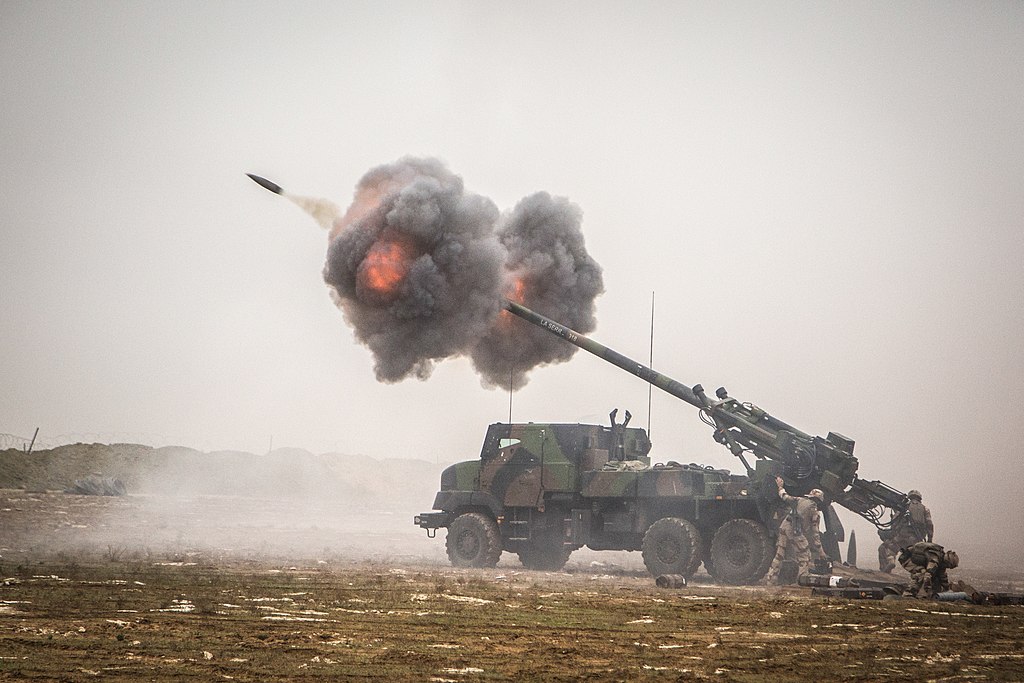
5. The Rise of Wheeled Self-Propelled Artillery
Ukraine combat experience has boosted wheeled systems such as France’s Caesar and Israel’s Atmos. Truck-mounted 155mm howitzers, they offer long range approximately 40 km along with quick “shoot-and-scoot” ability. Russian military bloggers have depicted the Caesar’s mobility and precision as especially feared.
Relative to tracked systems, wheeled guns are more affordable, less expensive, and easier to repair. France’s Caesar MkII is priced at approximately €3.2 million per vehicle, compared to €18.4 million for Germany’s Panzerhaubitze 2000. In Ukraine, some 10% of Caesars have been lost, compared to close to one-third of tracked 52-caliber artillery. Russia has adopted the Malva wheeled SPG, however, with its 152mm range still behind Western rivals.

6. Verification Challenges in Wartime Intelligence
Arty losses are always hard to count. Systems are located well behind the front, and much of the damage goes unseen. Oryx’s method demanding sight verification yields conservative numbers but guarantees accuracy. As Oryx explains, “The amount of equipment destroyed is significantly higher than recorded.”
Amnesty International’s Crisis Evidence Lab employs satellite imagery, geo-location, and weapons analysis to verify attacks, demonstrating the need for strict verification in a situation prone to misinformation. These processes are essential for accountability and for assessing the real scale of battlefield attrition.
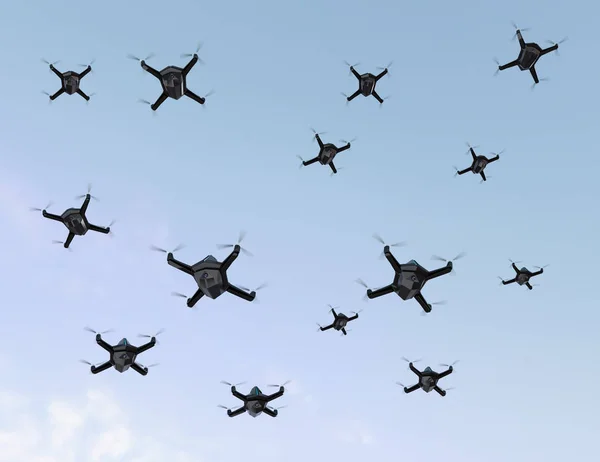
7. Strategic Implications of Artillery Attrition
Artillery is still the focal point of both sides’ plans of operations. As Newsweek’s Ellie Cook noted, Access to a large number of artillery systems, and the ammunition to keep them firing, has been a key consideration for both Moscow and Kyiv throughout more than three years of full-scale war.
For Russia, record losses jeopardize its capacity to maintain fire density, already cut from an 8:1 high point during summer 2024 down to 2:1 early in 2025. For Ukraine, sustained precision capability rests on continued fusion of drones, EW, and swift redeployment. Attrition rates indicate that future combat will depend not only on numbers, but on flexibility and technological superiority.
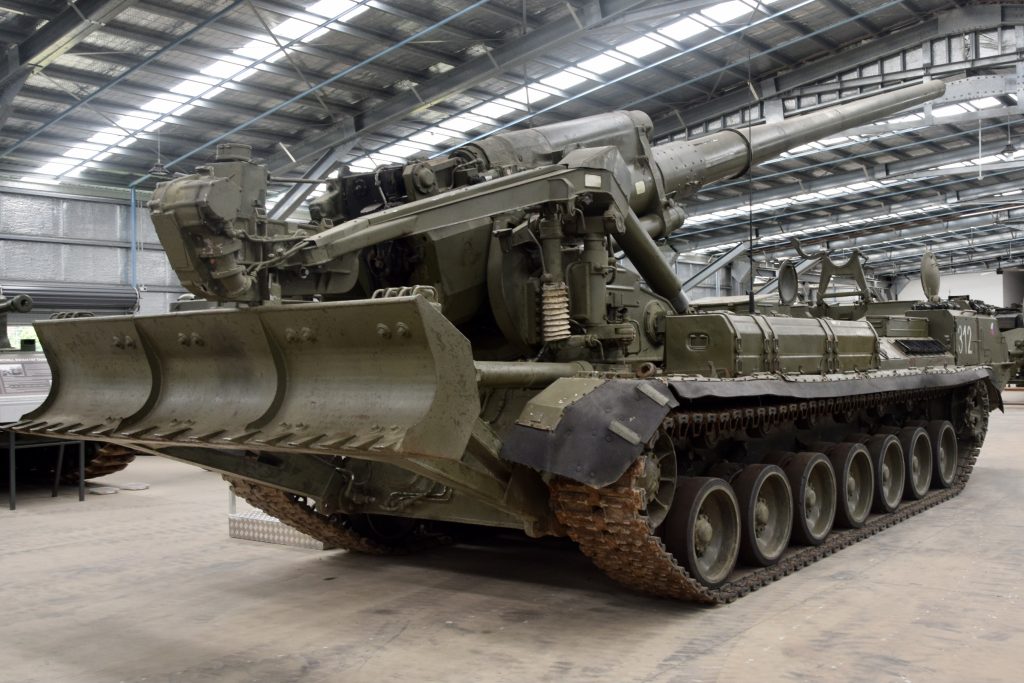
Russia’s record artillery losses in March 2025 are more than a statistical quirk they represent a coming together of battlefield visibility, technology adaptation, and doctrinal change. As drones redefine the survivability calculus and mobility equates to survival, both sides are confronted with a fast-evolving fight. For policymakers and analysts, the message is obvious: in contemporary high-intensity warfare, the winning advantage is not just in firepower, but in the velocity, accuracy, and survivability of the platforms that bring it.

